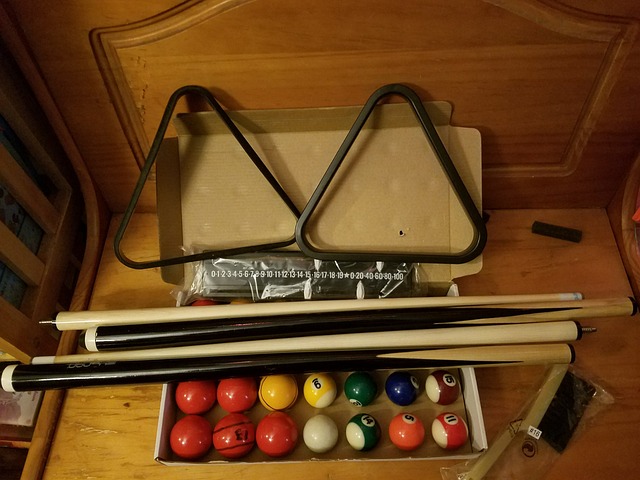Snooker, a game of acuracy and finesse, demands the right equipment to achieve mastery. Central to a player’s arsenal is the snooker cue, a tool finely crafted for control and accuracy. However, not all cues are created equal. In the world of snooker, various types of cues cater to different playing styles and preferences. In this article, we’ll delve into the diverse range of snooker cues, exploring their features and benefits to help players make informed choices.
One-Piece Cues:
As the name suggests, one-piece cues are constructed from a single piece of wood, offering a traditional and classic feel. These cues provide a consistent and stable performance, favored by purists and professionals alike for their reliability. They are typically heavier than other types of cues, providing a solid and sturdy feel during play.
Two-Piece Cues:
Two-piece cues are comprised of two separate sections – the butt and the shaft – that are joined together using a screw or a joint mechanism. This design allows for easy transportation and storage, making them popular among players who travel frequently or prefer compact equipment. Two-piece cues also offer the flexibility to customize the cue by interchanging shafts or experimenting with different weights.
Three-Quarter Joint Cues:
Three-quarter joint cues feature a joint located approximately three-quarters of the way down the cue from the butt. This design provides additional stability and control, particularly during long shots or when applying spin to the cue ball. Three-quarter joint cues are favored by players who prioritize precision and accuracy in their game.
Cue Length and Weight:
Snooker cues come in various lengths and weights to accommodate different player preferences. Standard cue lengths range from 57 to 58 inches, with shorter cues available for players who prefer a more compact option. Similarly, cue weights typically range from 17 to 19 ounces, although lighter and heavier cues are also available to suit individual playing styles.
Cue Materials:
Snooker cues are commonly made from wood, with ash and maple being popular choices due to their durability and responsiveness. However, cues can also be constructed from alternative materials such as fiberglass, carbon fiber, or graphite, offering unique properties such as increased power or reduced deflection. Players should consider their personal preferences and playing style when selecting the material of their cue.
Tip Size and Type:
The tip of a snooker cue plays a crucial role in cue ball control and spin generation. Tip sizes typically range from 9mm to 10mm, with smaller tips offering greater precision and larger tips providing more surface area for striking the cue ball. Additionally, cue tips are available in various materials such as leather, phenolic, or layered tips, each offering different levels of hardness and responsiveness.
Customization Options:
Many snooker cue manufacturers offer customization options, allowing players to personalize their cues to their exact specifications. From choosing the wood type and finish to selecting the weight and tip size, players can create a cue that suits their playing style and preferences perfectly.
In conclusion, the world of snooker cues is rich and diverse, offering a wide range of options to cater to every player’s needs. Whether you prefer the classic feel of a one-piece cue or the versatility of a two-piece cue, there’s a cue out there to help you elevate your game to new heights. By understanding the different types of cues available and considering factors such as length, weight, materials, and customization options, players can find the perfect cue to enhance their performance on the snooker table.




